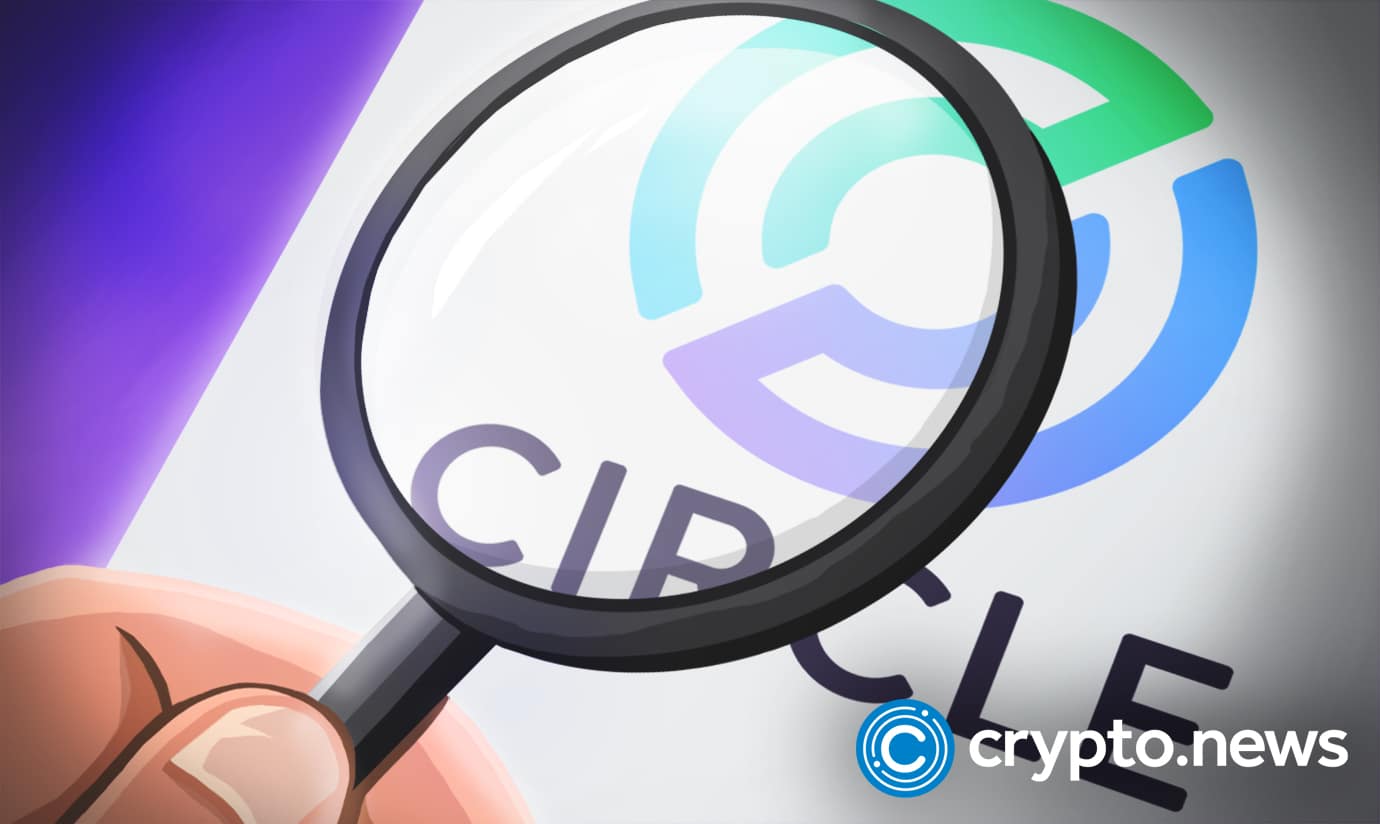India has decided to transform parliamentary processes through cutting-edge artificial intelligence (AI) solutions to boost its AI ambitions. Titled ‘Sansad Bhashini,’ the initiative is expected to transform parliamentary processes through cutting-edge AI solutions. It would enhance multilingual accessibility, streamline legislative documentation, and strengthen India’s position in technology-driven governance.
“Lok Sabha Secretariat and IndiaAI Mission signed an MoU [memorandum of understanding] to create a repository of linguistic datasets to help build AI models for translating parliamentary debates into multiple languages. This initiative will enhance accessibility and empower researchers, MPs [Members of Parliament], and academia,” Ashwini Vaishnaw, India’s Information Technology minister, said in an X post.
The Ministry of Electronics and Information Technology (MeitY) is implementing the IndiaAI Mission to create a robust AI infrastructure. The Lok Sabha Secretariat is the governing body of Lok Sabha, the lower house of the Parliament of India, which functions under the advice of the Speaker of Lok Sabha.
The IndiaAI Mission, led by IndiaAI (an autonomous division within Digital India Corporation), is designed to cultivate a strong AI ecosystem in India. Its key goals are to promote homegrown AI technologies, ensure AI accessibility for all, and foster the ethical and responsible use of AI for societal advancement.
The Lok Sabha Secretariat and IndiaAI Mission partnership seeks to develop a comprehensive repository of linguistic datasets to build advanced AI models for translating parliamentary debates into various languages. It also plans to enhance accessibility to parliamentary proceedings and provide a valuable resource for researchers, Members of Parliament (MPs), and the academic community. The initiative will break language barriers by leveraging AI technology, making parliamentary discussions more inclusive and ensuring that a broader audience can engage with and benefit from them.
The Lok Sabha Secretariat, in a statement, said that the key AI initiatives under ‘Sansad Bhashini’ include AI-based translation of legacy debate documents, agenda files, committee meetings, and other parliamentary content into regional languages. The initiative would also ensure linguistic diversity and accessibility for all citizens.
The initiative also seeks to establish an AI-powered interactive chatbot that will assist members and officials in retrieving critical procedural rules and documents. Users will be able to receive instant, accurate responses, reducing time spent searching for crucial parliamentary rules and practices. The chatbot will continuously learn and improve through user interactions, enhancing its efficiency over time.
The initiative would provide speech-to-text conversion and live interpretation to convert spoken debates into text with real-time transcription. This feature will be available in Indian languages, ensuring that debates are easily recorded, accessed, and referenced. It will also include background noise reduction, customizable vocabulary, and efficient documentation tools for improved accuracy.
On the other hand, speech-to-speech conversion with real-time transcription will enable real-time speech conversion and translation, ensuring that discussions and debates are instantly available in different languages. This would also allow automatic summarization of lengthy discussions while facilitating quicker decision-making and improved record-keeping.
‘Skills capital’ in tech, AI
India’s Ministry of Electronics & IT said that India is regarded as the skills capital in technology and AI.
“Stanford University has ranked India among the top four countries along with the US, China, and the UK in the Global and National AI vibrancy ranking based on 42 indicators. GitHub, which is community of developers has ranked India at the top with the global share of 24% of all projects,” the ministry said.
The South Asian nation approved the IndiaAI Mission on March 7, 2024, an initiative to establish a robust and inclusive AI ecosystem that aligns with the country’s development goals.
IndiaAI Mission has received a total of 67 proposals until February 15, 2025, aimed at building India’s foundation models, with contributions from both established startups and new teams of researchers and academia. About 22 proposals are focused on large language models (LLMs) and large multimodal models (LMMs), while the remaining 45 are centered on domain-specific models (SLMs). Most SLMs target key sectors such as healthcare, education, and financial services.
In order for artificial intelligence (AI) to work right within the law and thrive in the face of growing challenges, it needs to integrate an enterprise blockchain system that ensures data input quality and ownership—allowing it to keep data safe while also guaranteeing the immutability of data. Check out CoinGeek’s coverage on this emerging tech to learn more why Enterprise blockchain will be the backbone of AI.
Watch: Blockchain, IPv6, AI & 5G will pave the way for the new Internet
















 English (US) ·
English (US) ·